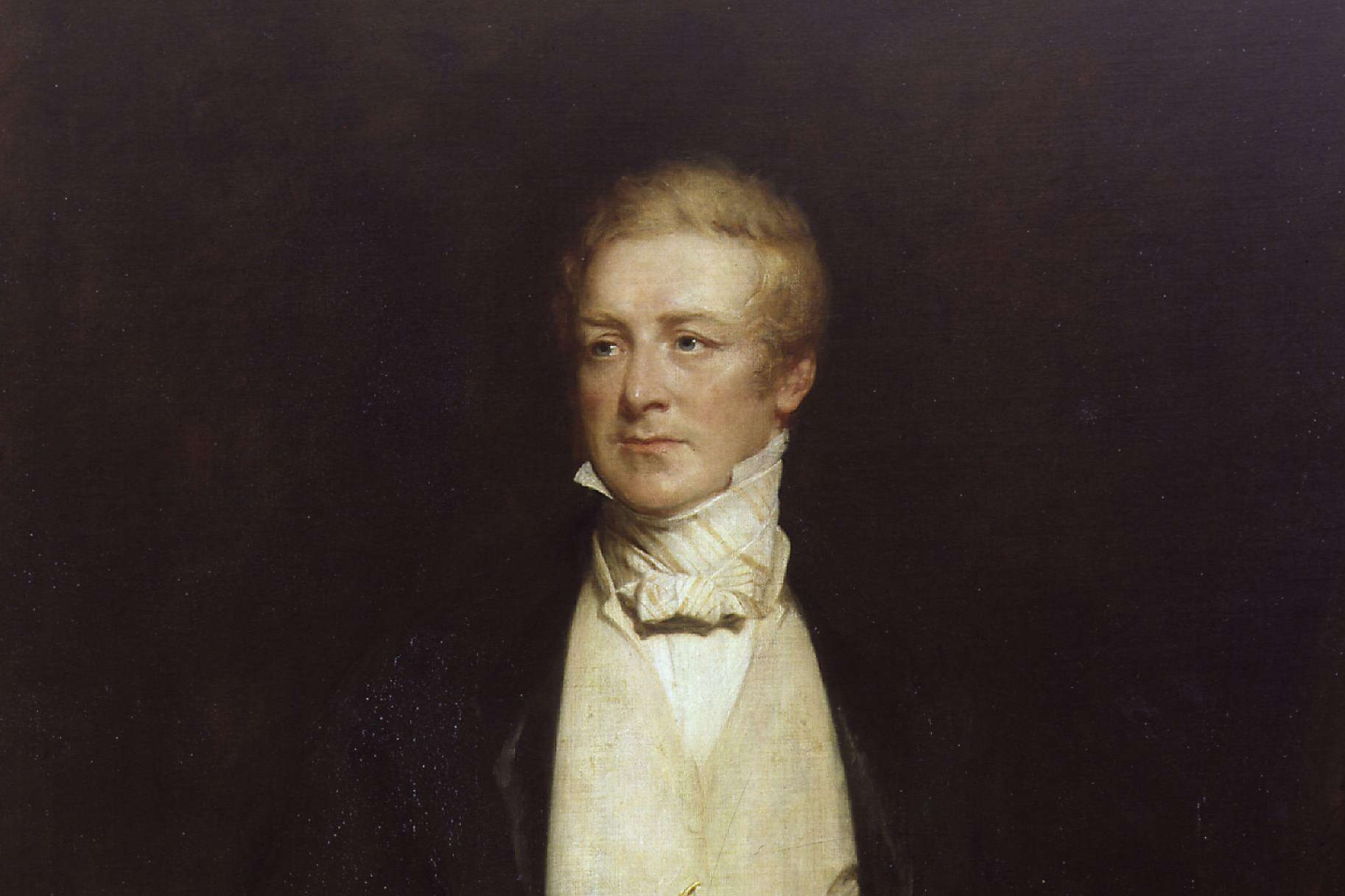History of the name Peel and its connection to pirates
Published September 25, 2023 at 12:26 pm

The Region of Peel gets its name from a British politician known for his role in modern policing but his name is also associated with a pirate story.
As Mississauga, Brampton and Caledon prepare for a split from the Region of Peel, it’s a good time to take a look at the region’s namesake.
The Province of Ontario appointed a five-person transition board this summer to guide the three municipalities through the dissolution of the Region of Peel. The split is expected to proceed quickly.
The region was long home to members of the Iroquois Confederacy, and later the Anishinabeg (European settlers called the Anishinabeg, the Mississaugas), according to the Region of Peel. The British and Anishinabeg signed a treaty in 1805, and the land, known as the Mississauga tract, was surveyed for British settlement.
Peel County, named after Sir Robert Peel, was formed in 1852, according to the Region of Peel history.
Robert Peel was born in England in 1788, the eldest son of a wealthy cotton manufacturer, according to the Encyclopedia Britannica.
He served as British prime minister from 1834–35 and 1841–46 and he was the founder of the Conservative Party in the United Kingdom. Peel is also known for developing modern policing principles in the nineteenth century, according to Peel Regional Police.
“He created London’s Metropolitan Police in 1829 in response to a heightened level of crime and an inconsistent method of handling it at the time,” Peel police note on their website. “He established a policing system that outlined the uniformed constables’ duties and how they would be carried out.”

So, it is interesting to note that Sir Robert Peel’s name is also associated with pirates.
A Canadian steamer bearing his name, the Sir Robert Peel, was sunk on May 30, 1938, while travelling on the St. Lawrence River.
The steamer was transporting 19 passengers and a large amount of cash and had stopped at a stop on Wellesley Island when group of men, allegedly led by the infamous pirate “Captain Bill Johnston”, rushed on board, according to a history compiled for a Thousand Island tourism site.
Bill Johnston was born in Canada in 1782 but moved to the United States after he was accused of spying in the 1812 war. He was reportedly a river pirate and smuggler.
U.S. newspapers wrote about the pirate attack. According to news accounts, the pirates made off with the cash and burned the ship.
“The pirates were not as precipitate in their doings as was first represented, but spent an hour or more in rifling the boat,” the Rochester Advertiser wrote.
“There is supposed to be no question but they secured the $25,000 in specie (money in the form of coins) designed for the payment of troops, of which the ‘Peel’ was the bearer. No lives were lost, but the mate was severely burnt, not having been awakened until the flames had made considerable progress.”

The Sir Robert Peel steam ship.
The steamer sunk after the fire and the hull remains just upstream from the 1000 Islands Bridge. It is a popular attraction for scuba diving and history buffs.
INsauga's Editorial Standards and Policies








